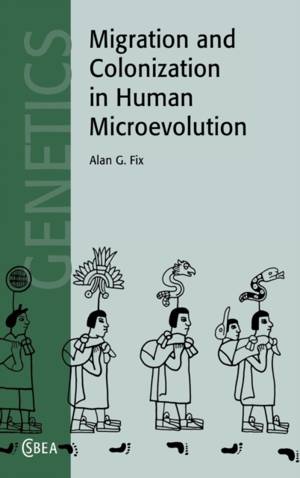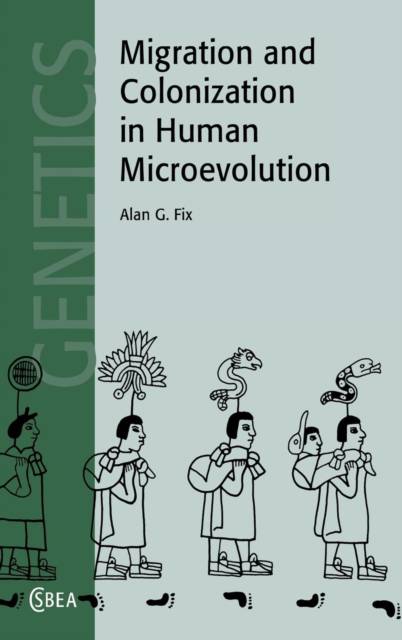
Je cadeautjes zeker op tijd in huis hebben voor de feestdagen? Kom langs in onze winkels en vind het perfecte geschenk!
- Afhalen na 1 uur in een winkel met voorraad
- Gratis thuislevering in België vanaf € 30
- Ruim aanbod met 7 miljoen producten
Je cadeautjes zeker op tijd in huis hebben voor de feestdagen? Kom langs in onze winkels en vind het perfecte geschenk!
- Afhalen na 1 uur in een winkel met voorraad
- Gratis thuislevering in België vanaf € 30
- Ruim aanbod met 7 miljoen producten
Zoeken
Omschrijving
Migration and colonization are major forces affecting the frequency, spatial pattern and spread of genes in human populations. Here, Alan Fix reviews theories of migration developed by biologists and social scientists and surveys patterns of migration in a diverse sample of human populations. Using these empirical studies, he evaluates models of migration developed by population geneticists and explores more realistic models using computer simulation. He then shows the relevance of studies of migration as a microevolutionary process to the understanding of longer term global patterns of human diversification, by examining the spread of anatomically modern Homo sapiens, the demic diffusion of agriculture in Europe, and the origins of human diversity in the Malayan Peninsula. By focusing on migration as a process rather than on its genetic consequences, the book provides a bridge between biological and social science studies of migration, genetic microevolutionary theory, and longer term human evolution.
Specificaties
Betrokkenen
- Auteur(s):
- Uitgeverij:
Inhoud
- Aantal bladzijden:
- 256
- Taal:
- Engels
- Reeks:
- Reeksnummer:
- nr. 24
Eigenschappen
- Productcode (EAN):
- 9780521592062
- Verschijningsdatum:
- 9/09/1999
- Uitvoering:
- Hardcover
- Formaat:
- Genaaid
- Afmetingen:
- 157 mm x 234 mm
- Gewicht:
- 498 g

Alleen bij Standaard Boekhandel
+ 394 punten op je klantenkaart van Standaard Boekhandel
Beoordelingen
We publiceren alleen reviews die voldoen aan de voorwaarden voor reviews. Bekijk onze voorwaarden voor reviews.









